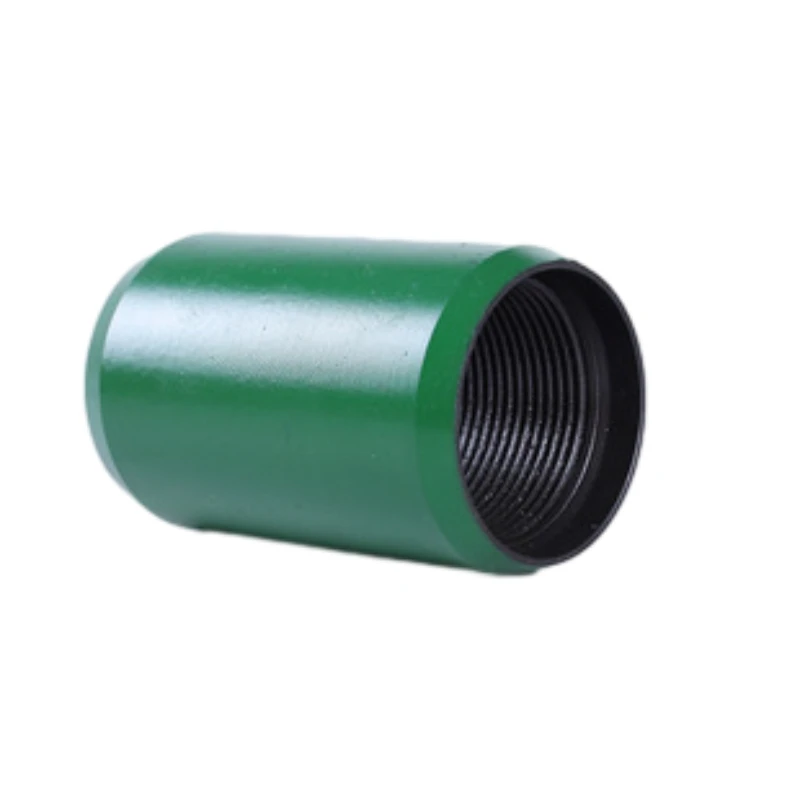- Afrikaans
- Albanian
- Amharic
- Arabic
- Armenian
- Azerbaijani
- Basque
- Belarusian
- Bengali
- Bosnian
- Bulgarian
- Catalan
- Cebuano
- Corsican
- Croatian
- Czech
- Danish
- Dutch
- English
- Esperanto
- Estonian
- Finnish
- French
- Frisian
- Galician
- Georgian
- German
- Greek
- Gujarati
- Haitian Creole
- hausa
- hawaiian
- Hebrew
- Hindi
- Miao
- Hungarian
- Icelandic
- igbo
- Indonesian
- irish
- Italian
- Japanese
- Javanese
- Kannada
- kazakh
- Khmer
- Rwandese
- Korean
- Kurdish
- Kyrgyz
- Lao
- Latin
- Latvian
- Lithuanian
- Luxembourgish
- Macedonian
- Malgashi
- Malay
- Malayalam
- Maltese
- Maori
- Marathi
- Mongolian
- Myanmar
- Nepali
- Norwegian
- Norwegian
- Occitan
- Pashto
- Persian
- Polish
- Portuguese
- Punjabi
- Romanian
- Russian
- Samoan
- Scottish Gaelic
- Serbian
- Sesotho
- Shona
- Sindhi
- Sinhala
- Slovak
- Slovenian
- Somali
- Spanish
- Sundanese
- Swahili
- Swedish
- Tagalog
- Tajik
- Tamil
- Tatar
- Telugu
- Thai
- Turkish
- Turkmen
- Ukrainian
- Urdu
- Uighur
- Uzbek
- Vietnamese
- Welsh
- Bantu
- Yiddish
- Yoruba
- Zulu
api 5ct tubing coupling
Understanding API 5CT Tubing Couplings A Comprehensive Overview
In the oil and gas industry, the efficient extraction of resources is pivotal to operational success. Among the myriad components that facilitate this process, API 5CT tubing couplings play a vital role. These couplings are essential for joining lengths of casing and tubing, ensuring that the overall structure remains tight and pressure-resistant in the often challenging environments of oil and gas wells.
API 5CT is a specification established by the American Petroleum Institute (API) that outlines the requirements for different types of casing and tubing used in oil and gas drilling. Tubing couplings, specifically, serve as the connectors between two sections of tubing, which transports fluids and gases from the downhole reservoir to the surface. The integrity of these joints is critical, as they must withstand high pressures and corrosive environments.
Understanding API 5CT Tubing Couplings A Comprehensive Overview
One of the primary types of couplings is the non-upset coupling. Non-upset couplings have a consistent outer diameter that matches the outer diameter of the tubing. This design enhances ease of handling but may have limitations if greater strength is required. On the other hand, upset couplings feature a thicker section at the ends, which provides added strength and is often preferred for deeper wells or where greater resistance to pressure is necessary.
api 5ct tubing coupling

In addition to strength, the ability to resist corrosion is a crucial factor in the selection of tubing couplings. The downhole environment can be both acidic and saline, particularly in maritime drilling operations. To combat this, couplings are often coated or alloyed with corrosion-resistant materials, thus extending their service life and reducing maintenance needs.
Moreover, the manufacturing process involved in creating API 5CT tubing couplings is rigorous. Each coupling must be tested for structural integrity, which may include non-destructive testing methods like ultrasonic testing or magnetic particle inspection. These tests ensure that any defects are identified before the component is deployed in the field, ultimately safeguarding against failures that could lead to costly downtime or environmental disasters.
In recent years, the industry has seen advancements in coupling technology. Innovations such as premium couplings with enhanced seal designs and advanced materials have emerged, providing even greater performance. These technological improvements not only enhance the reliability of the connections but also optimize the overall efficiency of drilling operations.
In conclusion, API 5CT tubing couplings are a fundamental element in the structure of oil and gas wells. Their design, material selection, and manufacturing processes are critical to ensuring that drilling operations can proceed safely and effectively. As the industry continues to evolve and face new challenges, the reliance on high-quality tubing couplings will remain steadfast, underpinning the infrastructure necessary for resource extraction in an increasingly demanding environment. Whether through traditional designs or cutting-edge advancements, the importance of these components cannot be overstated, as they are integral to the functionality and safety of oil and gas operations.
-
Tubing Pup Joints: Essential Components for Oil and Gas OperationsNewsJul.10,2025
-
Pup Joints: Essential Components for Reliable Drilling OperationsNewsJul.10,2025
-
Pipe Couplings: Connecting Your World EfficientlyNewsJul.10,2025
-
Mastering Oilfield Operations with Quality Tubing and CasingNewsJul.10,2025
-
High-Quality Casing Couplings for Every NeedNewsJul.10,2025
-
Boost Your Drilling Efficiency with Premium Crossover Tools & Seating NipplesNewsJul.10,2025







